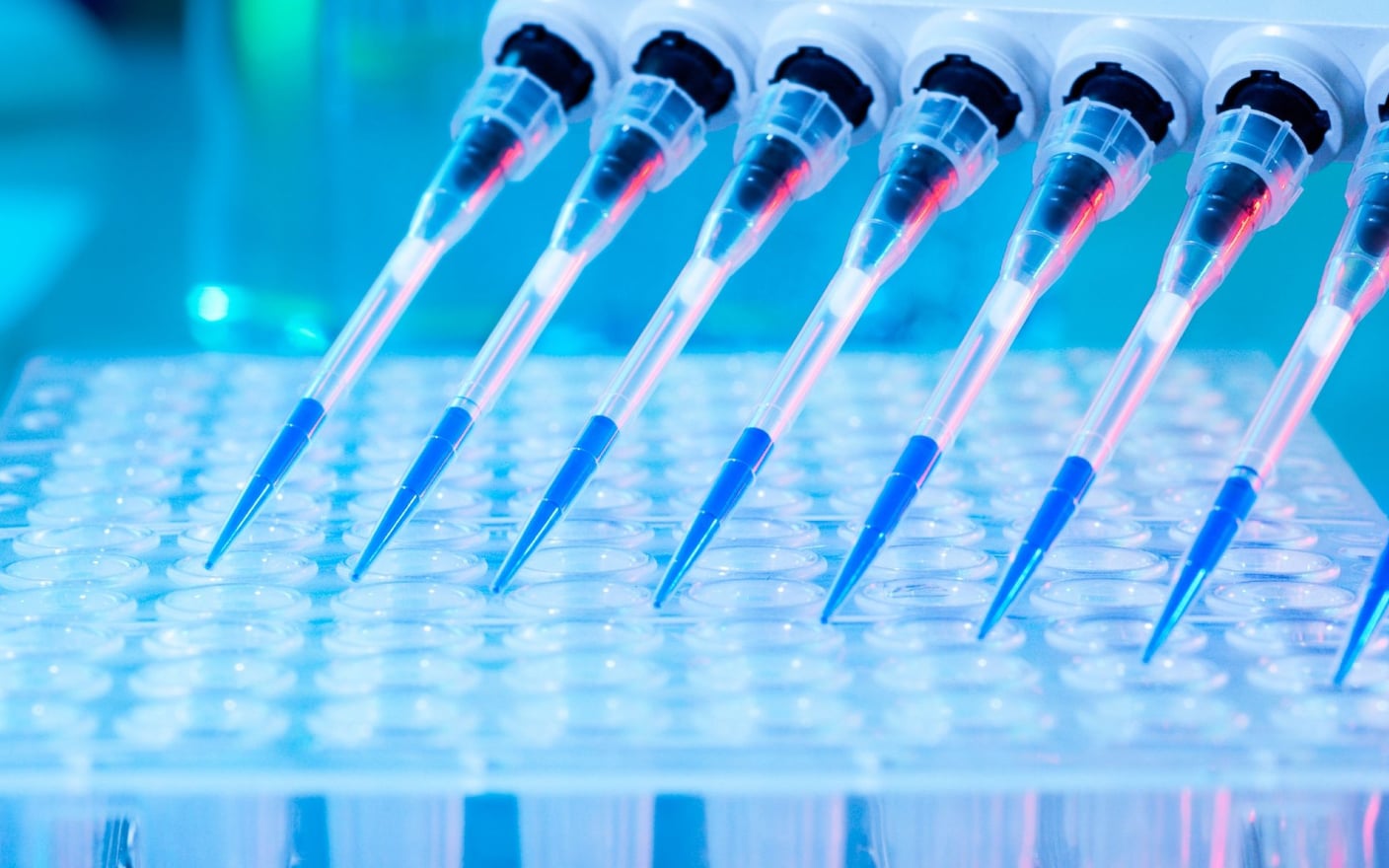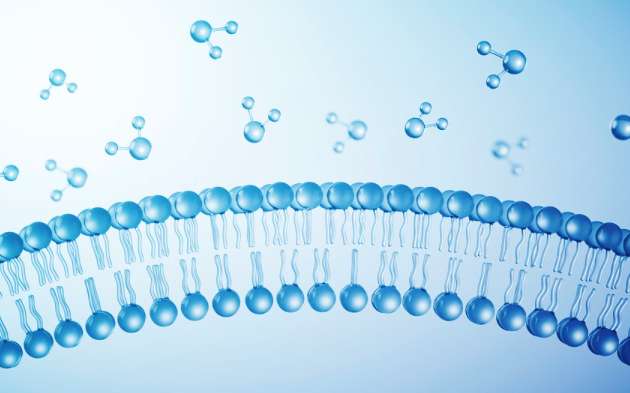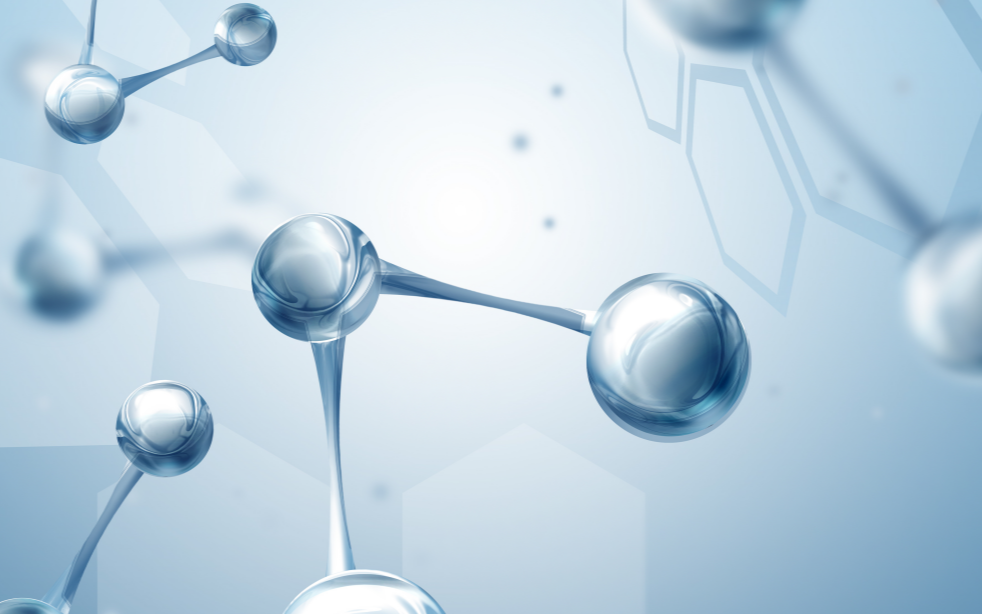Plasma protein binding (PPB) is one of the most controversial topics in the field of drug discovery and development. There are an increasing number of new modalities exhibiting high plasma protein binding (PPB), thus accurately determining PPB becomes challenging. A compound with high PPB does not necessarily determine whether it is a good or bad compound. However, the fraction unbound (fu) measured by PPB assays is a key parameter that needs to be accurately determined, because it could play a significant role in predicting drug-drug interaction (DDI), estimating therapeutic indexes (TI), and exploiting PK/PD relationships.
There are several methods for determining the fraction unbound (fu) of compounds in biological matrices, including equilibrium dialysis, ultracentrifugation, and ultrafiltration, with equilibrium dialysis being the most commonly used method. In recent years, alternative methods for optimizing PPB determination have been published to improve the accuracy of fu estimation. Among them, the flux dialysis method was developed based on the principle of equilibrium dialysis.
What is flux dialysis?
Flux dialysis, developed in the 1950s, can overcome some of the limitations of equilibrium dialysis to determine a low fu. The basic principle is that the initial flux rate of a compound through a dialysis membrane is proportional to the product of the initial concentration, fu, and the membrane permeability coefficient. Instead of determining the equilibrium concentrations at equilibrium, fu can be calculated from the initial slope of the concentration ratio versus time curve. This approach bypasses the requirement for equilibrium and has great application for the PPB determination of highly protein-bound compounds.
However, due to various reasons such as the need to determine membrane permeability, multiple sampling time points, complex study procedures, and the need for higher radio-purity compounds, this method has not been widely used in practice before. With the popularization of high-throughput study devices and the establishment and development of pharmacokinetic (PK) models, this method has been improved and been used in many studies of WuXi AppTec DMPK.
What are the advantages of flux dialysis method?
WuXi AppTec DMPK have established and validated the flux dialysis based on the current literature. Compared with the conventional study design of equilibrium dialysis, flux dialysis offers the following advantages:
The accurate determination of fu requires a short theoretical dialysis time. It is difficult for some compounds to reach equilibrium using the conventional equilibrium dialysis method.
This method is not affected by non-specific binding and the stability in the matrix.
The sensitivity demand for the analytical method during sample testing are not high.
This method can be used for protein binding determination of highly protein-binding compounds and to categorize and rank the binding rates of the same series of compounds by R-t curves.
Improving the accuracy of PPB testing for highly protein-bound compounds is a significant task in the field of pharmacokinetics. WuXi AppTec DMPK have developed and validated a variety of orthogonal experimental design methods to ensure the accuracy of PPB measurements for these compounds and continue to empower our customers' new drug discovery programs.
If you want to learn more details about the flux dialysis methods, please read the article now.
Committed to accelerating drug discovery and development, we offer a full range of discovery screening, preclinical development, clinical drug metabolism, and pharmacokinetic (DMPK) platforms and services. With research facilities in the United States (New Jersey) and China (Shanghai, Suzhou, Nanjing, and Nantong), 1,000+ scientists, and over fifteen years of experience in Investigational New Drug (IND) application, our DMPK team at WuXi AppTec are serving 1,500+ global clients, and have successfully supported 1,200+ IND applications.
Talk to a WuXi AppTec expert today to get the support you need to achieve your drug development goals.
Stay Connected
Keep up with the latest news and insights.












